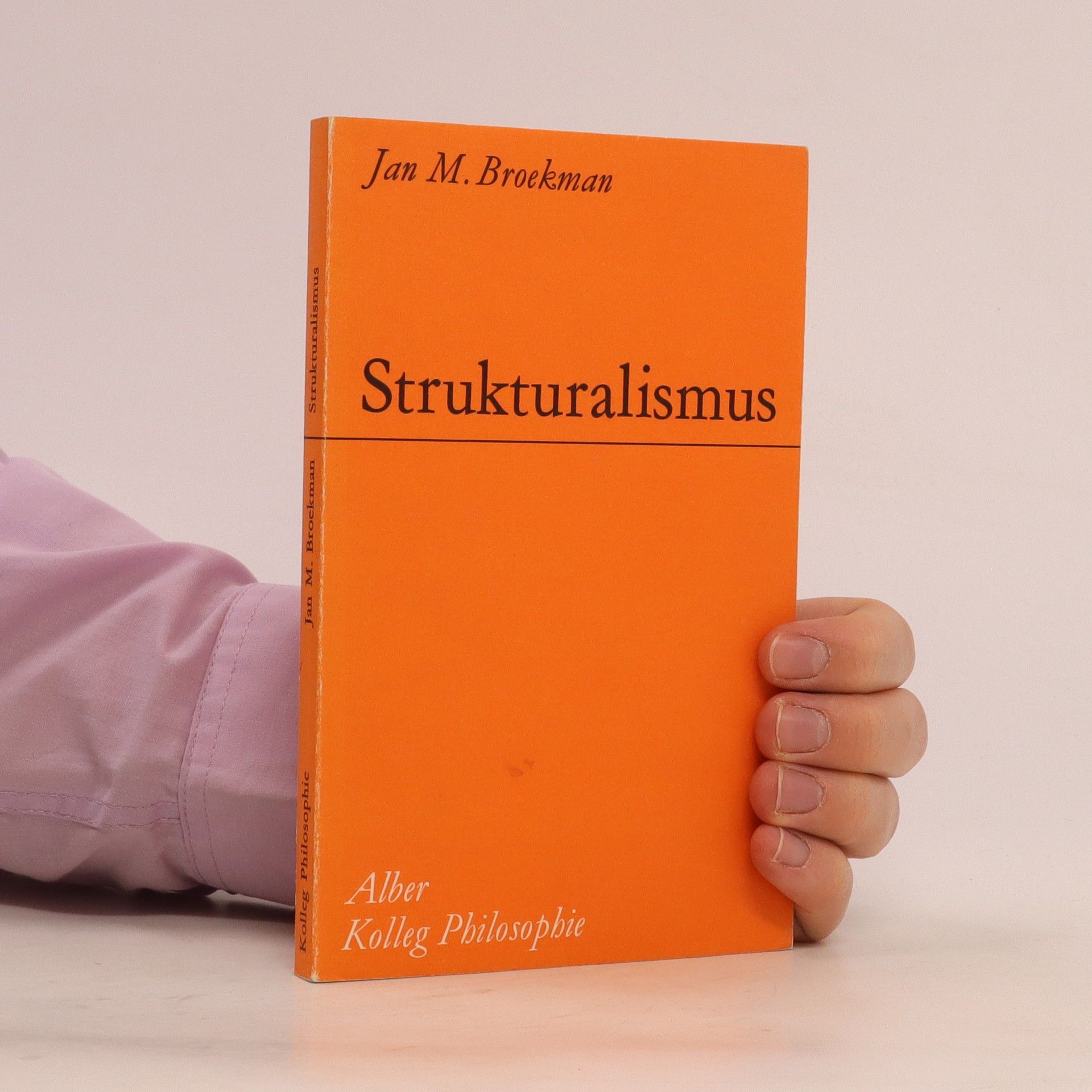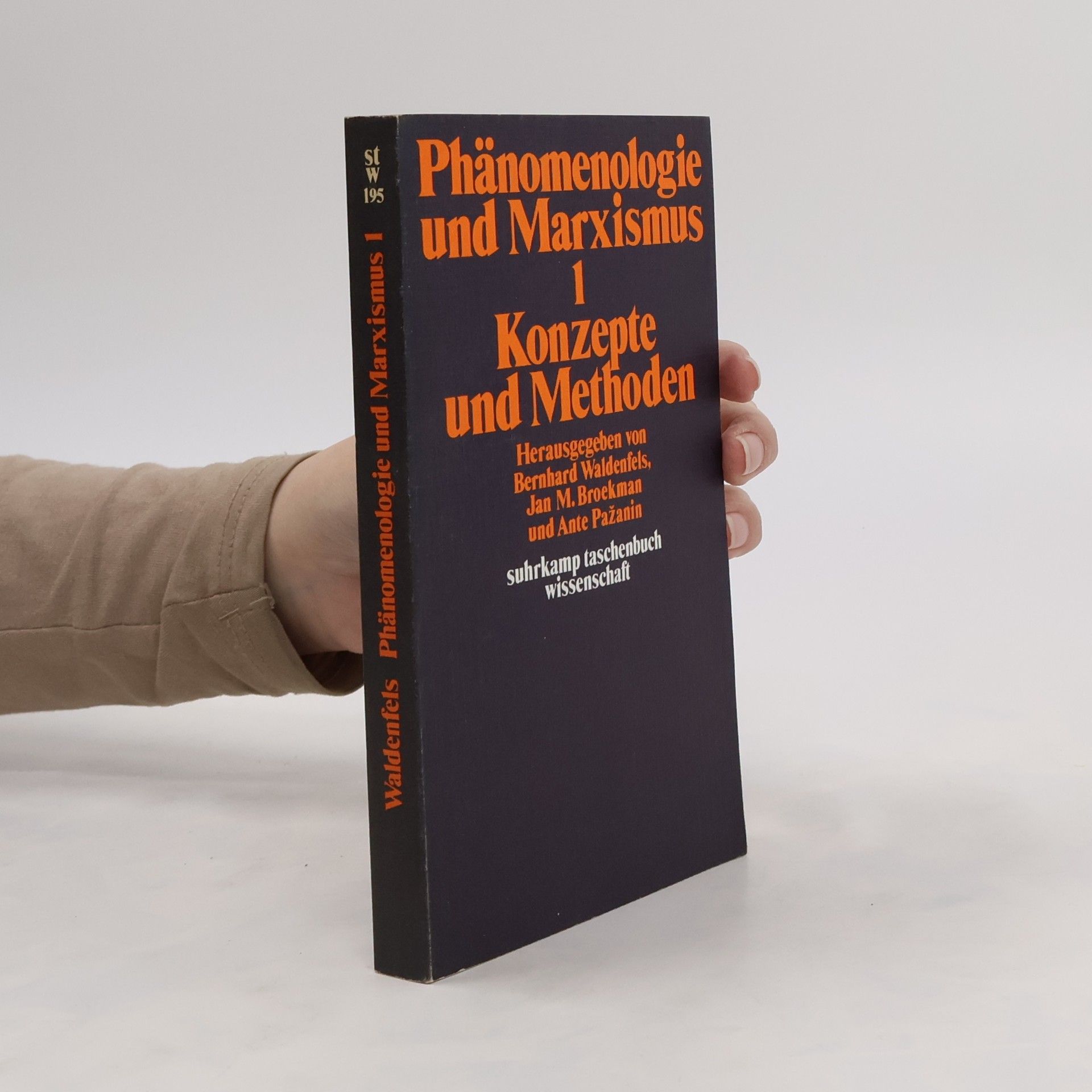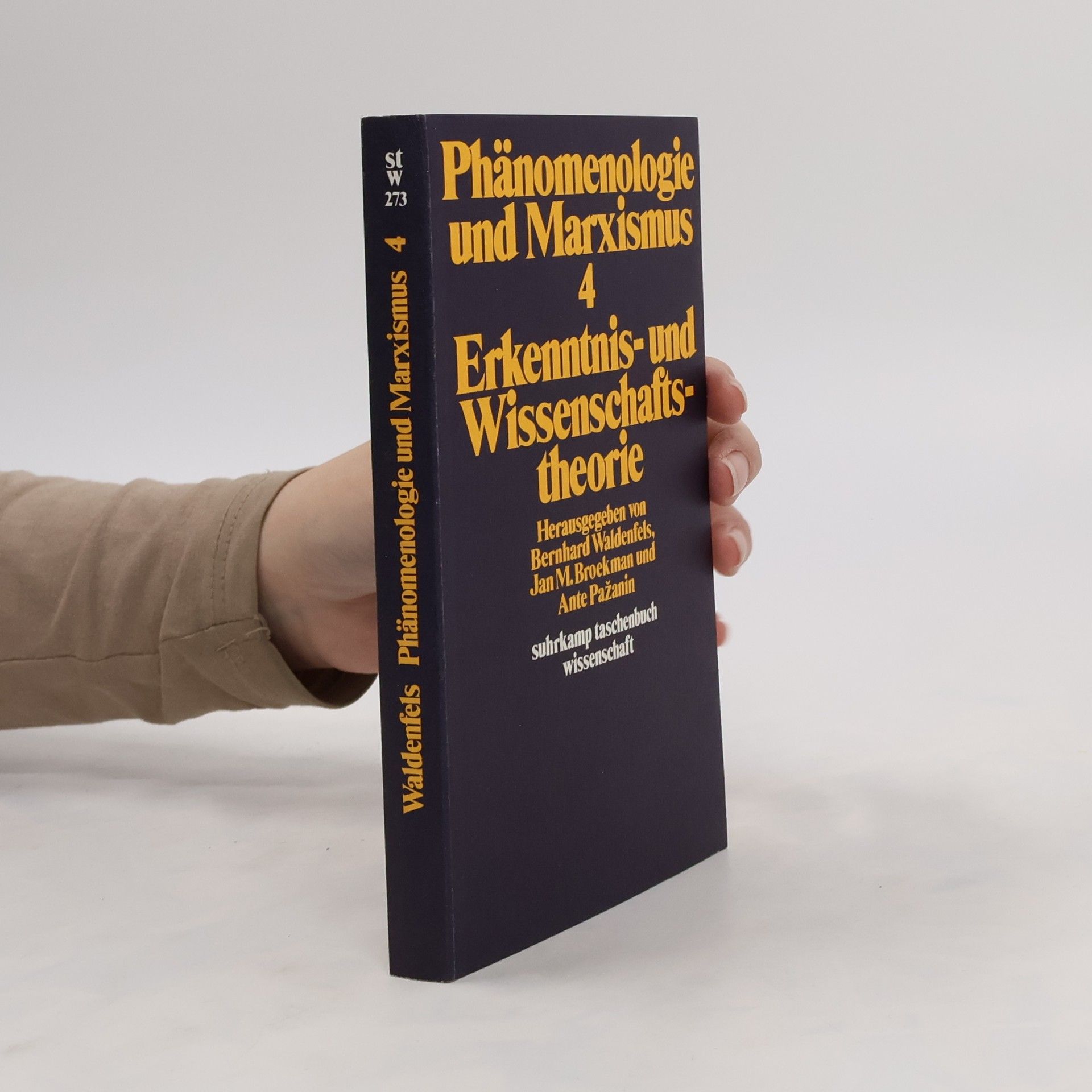Exploring the critical relationship between conversion and communication in legal thinking, this book delves into the interplay of language with legal texts, judgments, and concepts. It emphasizes that jurists must navigate shifting social behaviors and political landscapes, reflecting the dynamic nature of law in contemporary culture. The work addresses the complexities of wisdom versus automatism, individual privacy versus social norms, and philosophical reflections on the ongoing transformations within the legal field in the 21st century.
Jan M. Broekman Boeken
16 februari 1931






The book emphasizes the dynamic nature of knowledge, illustrating how it connects individuals to reality through a process shaped by conversion. It introduces the concept of 'the New Plural,' a worldview that integrates Analog, Digital, AI, and Quantum perspectives, highlighting the interplay of these elements in shaping cognition and understanding.
Phänomenologie und Marxismus 2
Praktische Philosophie